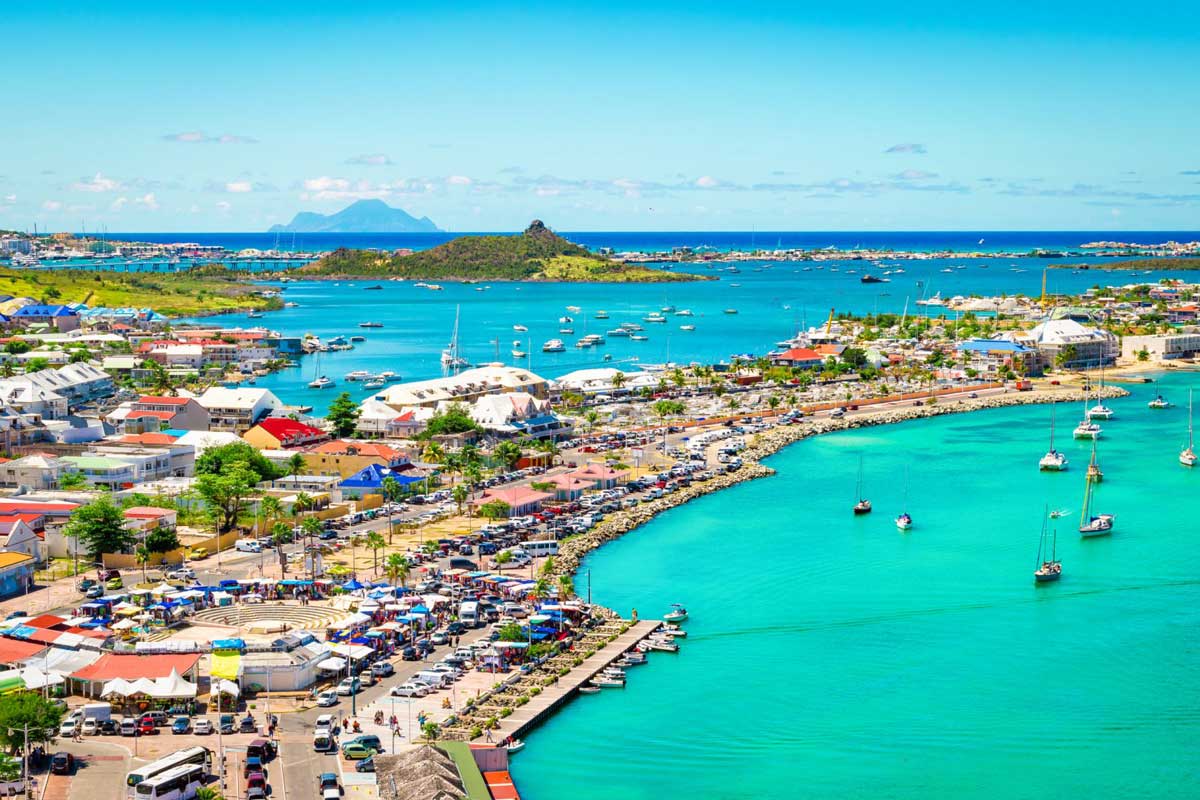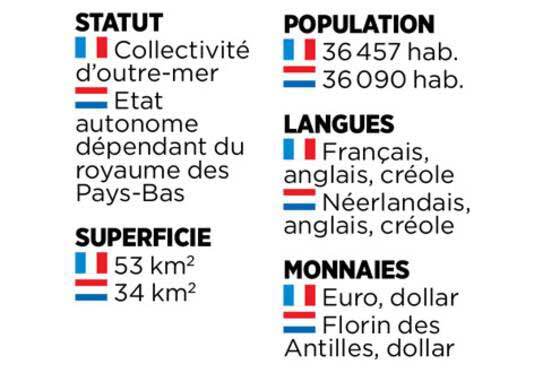
How many inhabitants are there on the island of Saint-Martin?
Dear visitors and friends of the island of Saint-Martin,
We are delighted to welcome you to our site and to share with you interesting information about our beautiful island. Today, we will discuss a lesser known, but equally fascinating aspect of St. Martin: its demographic evolution through time.
The island of Saint-Martin, shared between France and the Netherlands, has had a rich and varied history. This unique island has seen its population evolve over the centuries from a pre-Columbian Native American population to a cultural mix of European settlers, African slaves and immigrant workers.
At the beginning of the 17th century, the island was populated by Amerindians, especially the Tainos and Caribs. European colonization began in 1631 with the presence of the Dutch, followed by the French in 1648. It was at this time that the island was divided into two parts, the French part, St. Martin, and the Dutch part, Sint Maarten. The island’s population began to grow with the arrival of European settlers and African slaves, who worked on the sugar and cotton plantations.
In the 19th century, the abolition of slavery led to a change in the social and demographic structure of the island. Former slaves and immigrant workers began to integrate into the local population, contributing to the cultural diversity of St. Martin.
In the 20th century, the island experienced rapid population growth, mainly due to the rise of tourism and economic development. Many workers from neighboring islands, Europe, North America and Latin America have moved to St. Maarten to take advantage of the opportunities offered by the tourism industry.

In 2021, the population of the island of Sint Maarten was approximately 77,000, divided between the French part, Sint Maarten, and the Dutch part, Sint Maarten. This multicultural and cosmopolitan population is an asset for the island, offering a wealth of traditions, languages and cuisines that make St. Martin a unique and attractive tourist destination.
In conclusion, the island of St. Maarten has experienced impressive population growth over the centuries, from a Native American population to a diverse and multicultural population. We are proud of this history and the cultural heritage it represents, and we look forward to sharing this richness with all who come to visit our beautiful island.
Feel free to explore our site to learn more about the history, culture and activities that St. Martin has to offer. We look forward to welcoming you and showing you the hidden treasures of our island paradise.
